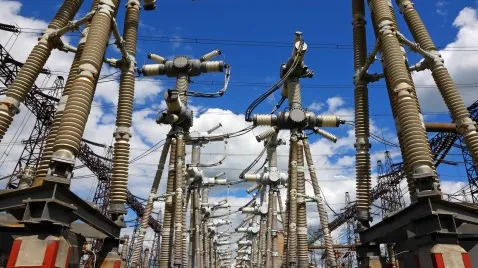
JERA to retire three units of Hirono Thermal Power Station
Units 1, 3, and 4 have a total capacity of 2,600 MW.
Japan’s JERA Co., Inc. will decommission Units 1, 3, and 4 of the Hirono Thermal Power Station on 5 October.
In a statement, JERA said Unit 1 which has a 600-megawatt (MW) capacity has been shut down since April 2016, whilst Units 3 and 4 with 1,000 MW of capacity each have been closed since July 2018.
ALSO READ: JERA’s Indonesia subsidiary begins operations
“JERA is currently moving forward with replacement work at thermal power plants in other locations (total 2,990MW). With the understanding and cooperation of local communities and other stakeholders, JERA is making every effort to secure a stable supply of energy,” it said.
The units use heavy oil and crude oil as fuel to generate electricity.



















 Advertise
Advertise






